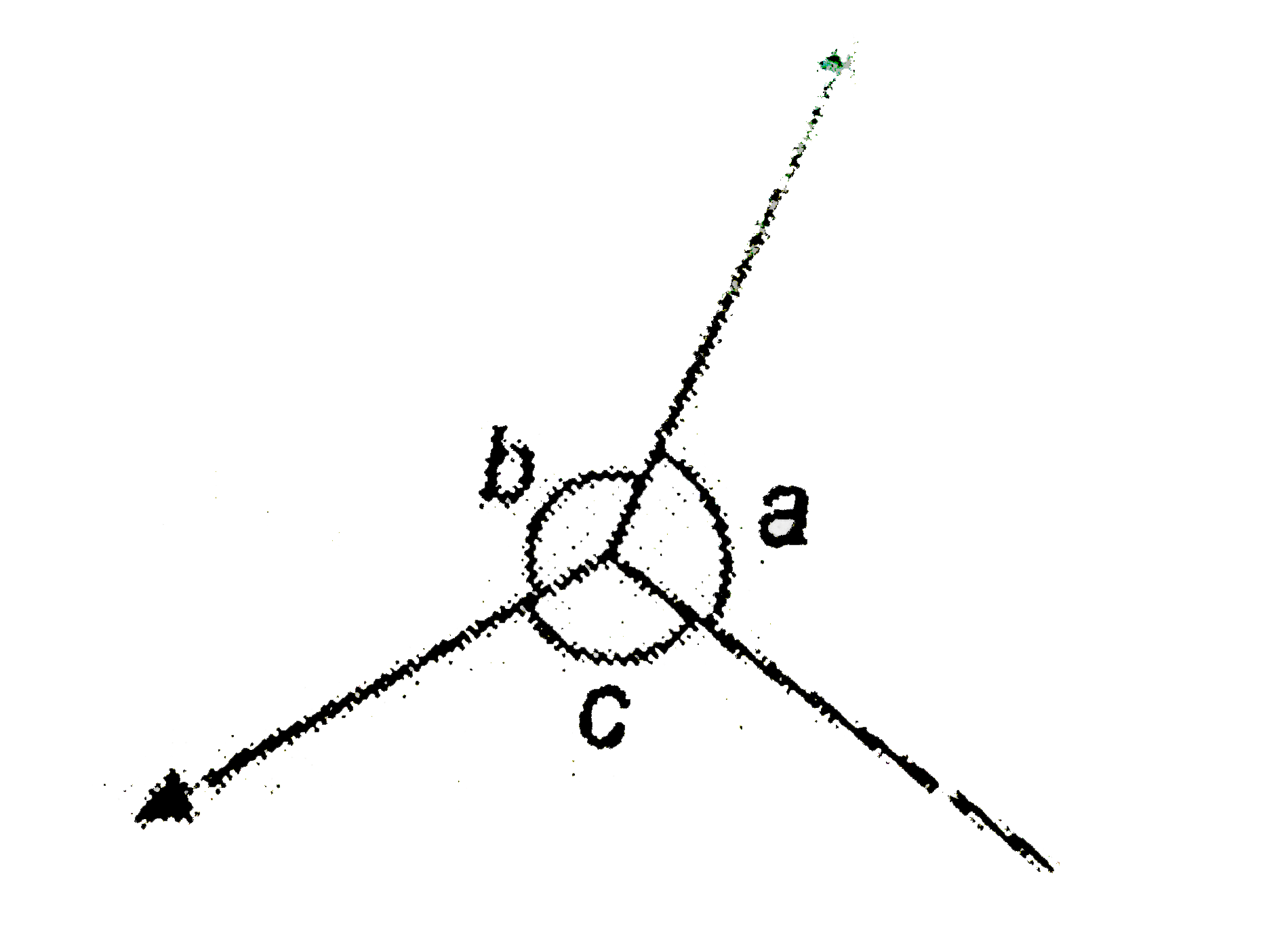If a+b+c=abc,a,b and c ∈R+, prove that a+b+c≥3√3.
To prove that a+b+c≥3√3 given that a+b+c=abc and a,b,c∈R+, we can use the Arithmetic Mean-Geometric Mean (AM-GM) inequality.
1. Understanding the Given Condition:
We have the equation a+b+c=abc. Since a,b,c are positive real numbers, we can apply the AM-GM inequality.
Hint: Recall that AM-GM states that for any non-negative real numbers x1,x2,…,xn, the arithmetic mean is greater than or equal to the geometric mean.
2. Applying AM-GM Inequality:
According to the AM-GM inequality for three positive numbers a,b,c:
a+b+c3≥√(3)abc
Hint: This step sets up the relationship between the arithmetic mean and the geometric mean.
3. Substituting the Given Condition:
From the given condition, we know abc=a+b+c. Therefore, we can substitute abc in the inequality:
a+b+c3≥√(3)a+b+c
Hint: This substitution is crucial as it connects the two expressions.
4. Rearranging the Inequality:
Multiplying both sides by 3 gives:
a+b+c≥3√(3)a+b+c
Hint: Remember that multiplying or dividing by a positive number does not change the direction of the inequality.
5. Letting x=a+b+c:
Let x=a+b+c. Then we have:
x≥3√(3)x
Hint: This substitution simplifies our analysis by reducing the number of variables.
6. Cubing Both Sides:
To eliminate the cube root, we cube both sides:
x3≥27
Hint: Cubing maintains the inequality since x is positive.
7. Taking the Cube Root:
Taking the cube root of both sides gives:
x≥3√3
Hint: This final step derives the desired inequality from the previous result.
8. Conclusion:
Since x=a+b+c, we conclude that:
a+b+c≥3√3
Final Result:
Thus, we have proved that a+b+c≥3√3.
We have the equation a+b+c=abc. Since a,b,c are positive real numbers, we can apply the AM-GM inequality.
According to the AM-GM inequality for three positive numbers a,b,c:
a+b+c3≥√(3)abc
From the given condition, we know abc=a+b+c. Therefore, we can substitute abc in the inequality:
a+b+c3≥√(3)a+b+c
Multiplying both sides by 3 gives:
a+b+c≥3√(3)a+b+c
Let x=a+b+c. Then we have:
x≥3√(3)x
To eliminate the cube root, we cube both sides:
x3≥27
Taking the cube root of both sides gives:
x≥3√3
Since x=a+b+c, we conclude that:
a+b+c≥3√3
Thus, we have proved that a+b+c≥3√3.
Topper's Solved these Questions
- FUNCTIONSBOOK - ARIHANT MATHS ENGLISHCHAPTER - FUNCTIONSEXERCISE - FUNCTION EXERCISE 7: Subjective Type Questions
1 Videos
- FUNCTIONSBOOK - ARIHANT MATHS ENGLISHCHAPTER - FUNCTIONSEXERCISE - Exercise (Questions Asked In Previous 13 Years Exam)
24 Videos
- FUNCTIONSBOOK - ARIHANT MATHS ENGLISHCHAPTER - FUNCTIONSEXERCISE - Exercise (Single Integer Answer Type Questions)
31 Videos
- ESSENTIAL MATHEMATICAL TOOLS BOOK - ARIHANT MATHS ENGLISHCHAPTER - ESSENTIAL MATHEMATICAL TOOLS EXERCISE - Exercise (Single Integer Answer Type Questions)
3 Videos
- GRAPHICAL TRANSFORMATIONSBOOK - ARIHANT MATHS ENGLISHCHAPTER - GRAPHICAL TRANSFORMATIONSEXERCISE - Exercise (Questions Asked In Previous 13 Years Exam)
10 Videos
Similar Questions
If a:b:c=2:3:4, find a,b and c

View SolutionIf (a−b), (b−c),(c−a) are in G.P. then prove that (a+b+c)2=3(ab+bc+ca)
View SolutionIn a ABC , if ∠B=600 , prove that (a+b+c)(a−b+c)=3ca
View SolutionIf a+b+c=5 and ab+bc+ca=10, then prove that a3+b3+c3−3abc=−25.
View SolutionThe ratio of angles in a triangle ABC is 2:3:7 then prove that a:b:c=√2:2:(√3+1)
View SolutionIf a, b, c are in A.P., prove that a3+4b3+c3=3b(a2+c2).
View SolutionIf abc=p and A=⎡⎢⎣abccabbca⎤⎥⎦, prove that A is orthogonal if and only if a, b, c are the roots of the equation x3±x2−p=0.
View SolutionIf a+b+c=5 and ab+bc+ca=10, then prove that a3+b3+c3−3abc=−25.
View SolutionIf in ΔABC,(a−b)(s−c)=(b−c)(s−a), prove that r1,r2,r3 are in A.P.
View SolutionIn a ABC, AB=BC=CA=2a and AD⊥BC . Prove that AD=a√3 (ii) Area (ABC)=√3 a2
View Solution
